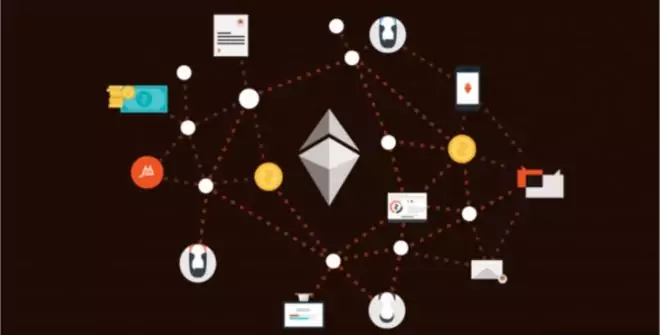Exploring Decentralized Applications: A Real-World Example

Introduction
Decentralized applications, or DApps, have gained significant attention and popularity in recent years due to their potential to revolutionize various industries. Unlike traditional applications that rely on a centralized server, DApps operate on decentralized networks such as blockchain, offering enhanced security, transparency, and autonomy. In this article, we will delve into the concept of decentralized applications and explore an exemplary real-world DApp to gain a deeper understanding of their practical implementation.
Understanding Decentralized Applications
A decentralized application is an application that leverages the power of blockchain or other decentralized technologies to function autonomously without a central authority. These applications use a network of computers, known as nodes, to perform various tasks, eliminating the need for intermediaries and centralized control.
Key Characteristics of DApps:
Decentralization: DApps operate on a peer-to-peer network, ensuring that no single entity has absolute control over the application or its data. This decentralized nature enhances security and resilience, as there is no single point of failure.
Transparency: The transparent nature of DApps allows all participants to view and verify transactions and data on the blockchain. This transparency fosters trust among users and reduces the risk of fraud or manipulation.
Security: DApps use advanced cryptographic techniques to secure transactions and user data. The decentralized nature of the blockchain makes it extremely difficult for malicious actors to compromise the application's integrity.
Autonomy: DApps are typically governed by predefined protocols and smart contracts, which automate the execution of predefined conditions. This autonomy eliminates the need for intermediaries, streamlining processes and reducing costs.
An Example of a Decentralized Application: Ethereum's Uniswap
One notable example of a decentralized application is Uniswap, a decentralized exchange (DEX) built on the Ethereum blockchain. Uniswap allows users to trade various cryptocurrencies directly from their Ethereum wallets, without the need for a centralized exchange or an intermediary.
Key Features of Uniswap:
Liquidity Pools: Uniswap operates on a unique model of liquidity pools, where users can contribute their crypto assets to a pool and earn fees in return. These pools eliminate the need for order books and facilitate instantaneous trading between different tokens.
Automated Market Making: Uniswap utilizes an automated market-making (AMM) algorithm to determine token prices. The AMM algorithm ensures that each trade is executed based on a predetermined pricing formula, maintaining a constant ratio of reserves in the liquidity pool.
Decentralized Governance: Uniswap employs a decentralized governance model where users who hold the platform's native token, UNI, can participate in decision-making processes. This allows the community to vote on important proposals and upgrades, ensuring that the platform evolves in a decentralized and inclusive manner.
Non-Custodial: Uniswap is a non-custodial platform, meaning users retain control of their funds at all times. Trades are executed directly from users' wallets, eliminating the need to deposit assets into a centralized exchange.
Benefits and Future Potential
Decentralized applications like Uniswap offer several benefits compared to traditional centralized counterparts. Some of the key advantages include:
Enhanced Security: DApps leverage the security features of blockchain technology, making them less vulnerable to hacking or data breaches.
Financial Inclusion: DApps enable individuals to access financial services and participate in the global economy, even without a traditional bank account.
Cost Efficiency: By removing intermediaries, DApps reduce transaction costs, making financial services and other applications more affordable.
The future potential of decentralized applications is vast. As blockchain technology continues to evolve and scalability challenges are addressed, DApps have the potential to disrupt various industries such as finance, supply chain management, gaming, and more.
Conclusion
Decentralized application development from the platform https://blaize.tech/decentralized-application/ exemplifies the transformative power of blockchain technology, offering increased security, transparency, and autonomy. Uniswap, the decentralized exchange built on Ethereum, serves as an excellent example of a DApp that revolutionizes traditional financial systems. As the adoption of DApps continues to grow, we can expect to witness significant advancements in various sectors, ultimately shaping a more decentralized and inclusive digital future.
